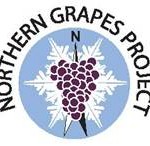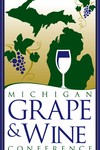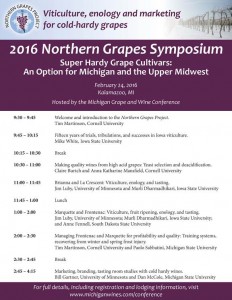News You Can Use
Trellis Systems, Pruning, and Training
December 2015
Frontenac grapevines trained (from left to right) high-wire cordon, mid-wire cordon with VSP, Geneva double curtain, and Smart Dyson in the Iowa Northern Grapes training system trial.
Photo: Paul Domto
A major component of any vineyard management system is training and pruning vines in a manner that is appropriate for the cultivar, location, and production goals, among other factors. And, a well-constructed trellis system is critical to support the vines, regardless of the training system that’s chosen. While much of the research being conducted by the Northern Grapes Project Viticulture Team focuses on vineyard management practices and how they affect yield and fruit quality, this issue of News You Can Use includes links to three past webinars and one newsletter article that focus on the basics of trellising, pruning, and training.
– Nuts and Bolts of Canopy Management by Mike White and Tim Martinson. Northern Grapes Project Webinar, February 14, 2012. http://youtu.be/eBGfmsSVJsM
– Trellis Design and Construction and Pruning Fundamentals Prior to Your First Cut by Steve Lerch and Mike White. Northern Grapes Project Webinar, November 20, 2014. http://youtu.be/k88CbR1FDXI
– Comparing and Contrasting Vertical Shoot Positioning and Top Wire Cordon Training Systems by Tim Martinson, John Thull, and Bob Utter. Northern Grapes Project Webinar, February 10, 2015. https://youtu.be/FVLrAOCzQ5E
– Training Systems for Grapevines by Paul Domoto. Northern Grapes News, Vol. 3 Issue 3, p. 8-11.
http://northerngrapesproject.org/wp-content/uploads/2014/09/2014SeptNGPnewsletter.pdf
The Northern Grapes Project is funded by the USDA’s Specialty Crops Research Initiative Program of the National Institute for Food and Agriculture, Project #2011-51181-30850
Chrislyn A. Particka, PhD
Extension Support Specialist
Cornell University
School of Integrative Plant Science, Horticulture Section
630 W. North Street
Geneva, NY 14456
cap297
315-787-2449 (desk)
315-787-2216 (fax)





